Homeowners can purchase a property that needs considerable repairs or improvements using a 203(k) financing. These loans are frequently used to pay for the costs associated with constructing expansions or remodeling existing homes.
Three different types of financing are available through the 203(k) program: conventional, FHA, and VA. Different advantages are offered by every choice. For instance, the FHA 203(k), sometimes known as a rehabilitation loan, is intended to assist buyers who are unable to pay cash for a fixer-upper.
How FHA 203(k) Loans Operate
The 203(k) mortgage loan program from the Federal Housing Administration offers homeowners a flexible means of financing house repairs. Due to the upfront payment for upgrades, this sort of loan enables borrowers to pay less interest while construction is underway. The borrower repays the amount due over a 30-year period after the project is finished.
FHA 203(k) Loan Types
FHA 203(K) loans come in limited and standard varieties. Home upgrades can be financed with any form of financing. There are, however, some significant differences between the two. Here is all the information you require on the two FHA 203K financing alternatives.
What Is the Difference Between Limited and Standard?
The amount you can borrow is the key distinction between the two types of FHA loans. While a conventional 203(k) permits you to borrow up to $50,100, a limited 203(k) only allows you to borrow up to $35,500. This means that the maximum loan amount available under a limited 203(k) is significantly lower than the maximum loan amount available under the ordinary version.
A limited 203(k)/FHA loan, however, does enable you to borrow more money than a typical 203 (k). As a result, it becomes sense that lenders provide a limited 203 (k). You can think about taking out a limited 203(k) if you want to put more money into your home repair project; otherwise, you could choose a normal 203(k), which offers more flexibility.
Who Needs a Qualified Consultant If One Is Required?
The renovation process needs to be overseen by a knowledgeable specialist. They must conduct a property inspection before beginning any work. They also offer direction throughout the full renovation process.
What Can Be Done With An FHA 203(k) Loan?
A 203(k) loan can be used for a wide range of projects, including house renovations, expansions, and repairs. You’ll want to confirm that you are aware of its potential applications.
Conventional, VA, and 203(k) are the three types of mortgage insurance programs that the FHA offers (k). Each has a distinct function.
Conventional Mortgage Insurance: Under this scheme, lenders are protected from financial losses brought on by borrowers who don’t pay their mortgages on time. Due to the lender’s assumption of the risk, interest rates must be substantially higher than they would be in the absence of insurance.
Because the government insures the majority of the loan amount, the VA Mortgage Insurance program aids veterans in obtaining mortgages to purchase homes. Veterans must be eligible for the maximum loan amount set by the VA and meet certain income conditions.
The 203(k) Mortgage Insurance Program enables home owners to fund some building expenses, such as constructing an addition. Homeowners are required to contribute 10% of the improvement’s cost up front and borrow the remaining 90% via a 203(k) loan. They also need to buy flood insurance.
Would A Rehab Loan Be A Good Idea?
An excellent approach to fix up a house that needs work is with a rehab loan. Consider a rehab loan if you want to improve the appearance of your property without spending a lot of money. Three things concerning rehab loans are listed below.
How do FHA 203(k) loans operate?
One of the most common mortgage alternatives for homeowners wishing to make renovations to their houses is an FHA 203(k)/VA 203(k) home improvement loan. With this program, you can borrow up to $35,500 for approved repairs and improvements while paying interest rates that are lower than those of conventional loans.
In comparison to conventional mortgages, the FHA 203(k/VA 203(k) lending program has a number of benefits, including fixed interest rates, no down payment, and affordable closing costs. The two programs do differ in some significant ways, though.
The FHA 203(k) Loan
A typical FHA 203(k)-eligible project requires an upfront payment of around 3% of the overall cost. The remaining monies shall be reimbursed within ten years of project completion.
During construction, the borrower typically makes monthly payments equal to 0.5% of the total cost. The monthly costs will be reduced to 0.25% once the renovation is finished.
The lender can sell the home in order to repay its initial investment and recover damages if the borrower fails on the loan.





